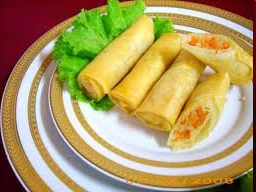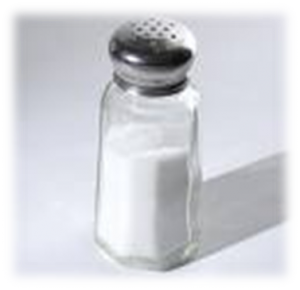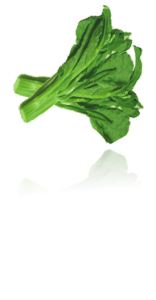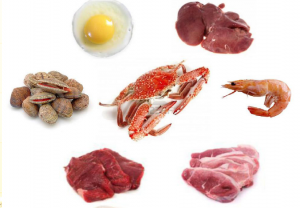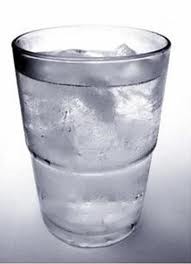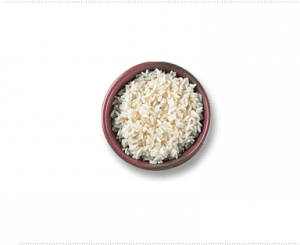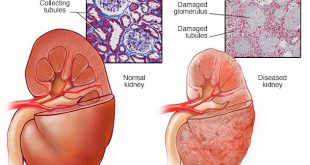Eating Out Healthily For Patients With Kidney Disease
Malaysia is a country famous for delicious cuisine and fine eateries. Most of the people enjoy eating out. For patients with kidney disease, you can still enjoy eating out if you have adequate knowledge on choosing the right food and right diet preparation. Identify and choose food low in sodium, potassium, phosphate and stay within your fluid and protein allowance. Anyhow, for long-term health benefits, it is advisable to eat out less.
Plan your menu ahead before dining out
You may pick a restaurant where they offer wide range of food choices best suited for your diet need and special request is possible. Wet through menu card and study the ingredients used and method of cooking. You could request for less salt, no monosodium glutamate(MSG) or replace whole egg with egg white only. Choose menu using low potassium or low phosphate ingredients. Order vegetables in soup and eat the vegetables only to control potassium intake. If the food is served in “oversized” portion, consider to share the food with your friends, family members or order small ala-carte menu.
Protein sources portion control
If you are on protein restricted diet, protein sources like fish, chicken, meat, milk and milk products, egg, legumes and nuts should be served 1/3 to ½ of its usual portion. Precautions should be taken on dips, sauces or gravies that contain milk, cheese, egg or vegetarian dishes with dried beans or lentils. If you are on regular dialysis, you may eat protein food more sparingly according to recommendation.
Sodium Watch
You should avoid processed, cured or salted food products which are high in sodium such as pickled vegetables, “ready-to-eat” or fast food items. Request for “no added salt” or monosodium glutamate (MSG) before the food been prepared. You may choose “soupy” noodles such as meehoon soup or kuey teow soup but limit the intake of the soup. Usually soup contains salt, MSG, flavoring etc. Make sure consumption of salad dressing, gravies or sauces are limited too.
Potassium Watch
You may choose fruit and vegetables which are low in potassium such as cabbage, beans sprout, apple, guava and honeydew. You should consume 1 to 2 times per week on green leafy vegetables and limit dried fruits, and spice powders as they are high in potassium. Moreover, traditional herbal remedies such as ginseng roots, tongkat ali and akar kayu also high in potassium. In order to control the potassium intake, peel off the skin of fruits, soak in water 30 minutes to 1 hour, drain the water before consume. In cooking, use whole spices rather than ground spices. When ordering vegetable dishes, you may choose smaller cuts and blanched ulam rather than raw ulam. Potassium from food is soluble in water. .At home, cut vegetables into smaller sizes and soaked for 1 to 2 hours, rinse several times to reduce potassium before cooking.
Phosphate Watch
Fish, chicken, meat and processed products are high in phosphate. Organ meats such as liver, brain, and intestine are higher in phosphate compared to lean meat. Dried beans, legumes and lentils are also high in phosphate and potassium. Cocoa and chocolate-based products, malted-based products, egg yolk and wholegrain products (oats, wholegrain cereal, and brown rice) should be limited. You should reduce excessive phosphate intake by avoiding soft bone of fish, shellfish, limit milk and dairy products. For example, once in a while replace milk in beverages with non-dairy creamers. You need to chew your phosphate binders during mealtime, especially when you are consuming phosphate-rich meal. Therefore, do remember to bring your phosphate binders when dining out and eat protein food within your recommendation by dietitian.
Fluid Watch
You may need to control your fluid intake if you have fluid accumulation in your body or urine output is little. Stay within your restricted fluid allowance as advice by your doctor or physician. Avoid too spicy or salty food which could cause you to drink more.
Smart Tips on Healthy Kidney Diet When Dining Out
| Foods to Choose | X Foods to Limit |
| Steamed rice | Fried rice, Nasi minyak, Nasi beriani |
| Noodles soup, Kuey teow soup, Mee hoon soup *With minimal soup intake |
Fried noodles, Fried kuey teow, Fried mee hoon, Curry noodles |
| Chapatti, Idli, Thosai *With separated gravy/ with minimal gravy intake |
Roti canai, Butter naan, Murtabak |
| Bread, Plain bun, Rolls (unsalted) | Cream/ filled Bread, Bun, Rolls |
| Plain cream-crackers, Biscuit (unsalted) | Butter cookies, chocolate cookies, cream filled biscuits |
| Fish, Chicken, Lean meat (baked, grilled, steamed) | Salted fish, processed/ cured meat, fish/ chicken cooked with creamy gravy or high salt sauces |
| Fresh fruits, Fruit platter | Fruit rojak with gravy, Pasembur |
| Plain jellies, pastries, fresh fruits based dessert, plain cake, kuih (apam kukus) | Pudding, dessert and pastries containing nut, coconut, milk, chocolate and caramel |
| Chinese tea, coffee, water & non-carbonated beverages | Milk shake, smoothies, teh tarik, carbonated beverages |
Note:
The serving sizes of outside food and beverages usually larger than at home. Therefore, choose “regular size” for food and beverage to avoid over consumption of protein and excessive intake of fluid.
Take Home Messages
- Talk to your renal dietitian regarding eating out and choose suitable local restaurants for you.
- Plan ahead your choices of food appropriate for you.
In short, dining out healthily with your friends and family is possible. Choose low sodium, potassium, phosphate foods with appropriate fluid and protein allowance to maintain good renal profile and be healthy.
References:
- National Kidney Foundation. 2010. Dining Out With Confidence: A Guide for Patients With Kidney Disease. New York.
- National Coordinating Committee on Food and Nutrition, Ministry of Health Malaysia 2010. Malaysia Dietary Guidelines. Kuala Lumpur, Malaysia.
- Renal Resource Centre. 2009. Eating Out: A Guide for Chronic Kidney Disease Patients. NSW.
- Malaysian Dietitian’s Association. 2005. Medical Nutrition Therapy for Chronic Kidney Disease. Kuala Lumpur, Malaysia.
- Tee ES, Ismail MN, Mohd Nasir A & Khatijah I. 1997. Nutrient Composition of Malaysian Foods (4th Edition). Institute for Medical Research, Kuala Lumpur, Malaysia.
| Last Reviewed | : | 27 November 2012 |
| Writer | : | Pn. Eezsafryna Azalin bt. Nordin |
| Accreditor | : | Pn. Mageswary a/p Lapchmanan |
 PENDIDIKAN PESAKIT Kementerian Kesihatan Malaysia
PENDIDIKAN PESAKIT Kementerian Kesihatan Malaysia

